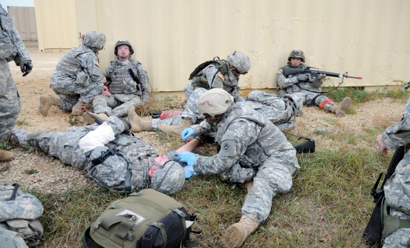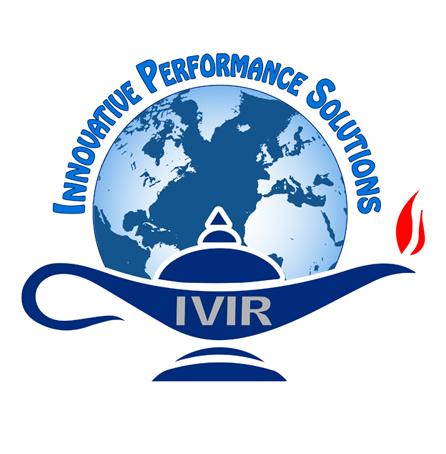When medical modeling and simulation was a new field, it required clinical validations and evaluation to determine its effectiveness in a training environment. Now, it is an accepted and valued component of medical education. IVIR’s team members have nearly 100 years of comprehensive business experience in modeling and simulation. This accounts for our continuous success and ongoing position as an innovator in this dynamic field.

Significant technological advances have made what was once believed to be impossible, achievable. These advances provide high fidelity mannequins to replicate human anatomy, use haptics to simulate the feel of surgical tasks and life-like visualizations of medical procedures.
Now with the addition of virtual reality (VR) and augmented reality (AR), the learner is fully immersed in a simulated environment. At IVIR, we use a concurrent and spiral engineering approach to research and see the potential solutions that surround us and optimize these opportunities.
- Medical Modeling and Simulation have three core elements:
- Anatomical representations
- Mathematical descriptions of physiology
- Physical instantiations for psychomotor interventions
Partial Task Training IV/Orthopedic/Tourniquet Arm (PTT-Arm)
IVIR Inc. recognized the need for a more realistic part-task trainer and created a human replicate upper extremity for realistic trauma training…
Objective Requirements to Reduce or Eliminate the Use of Live Tissue and Cadavers in Military Medical Training (LTR)
The minimization or elimination of live tissue training will depend on the investment in the advancement of medical simulation technology…
Hologram Imaging Technology (HIT)
The effort investigated current holographic and 3-D technologies and their potential uses for medical modeling and simulation…
Mobile Medical Lane Training (MMLT) After Action Review (AAR) System
In advancing medical education during lane training, IVIR Inc. was contracted by the U.S. Army Research Laboratory’s Simulation and Training Technology Center (ARL STTC) to research, develop and demonstrate the ability to integrate imaging capturing technology…
Forward Field Medical Care (F2MC) Trainer
Administering treatment to a casualty quickly and correctly is key to increase survivability on the battlefield. Military first responders require trauma training for life-saving skills: hemorrhage control, fluid resuscitation, airway management, and needle decompression…



